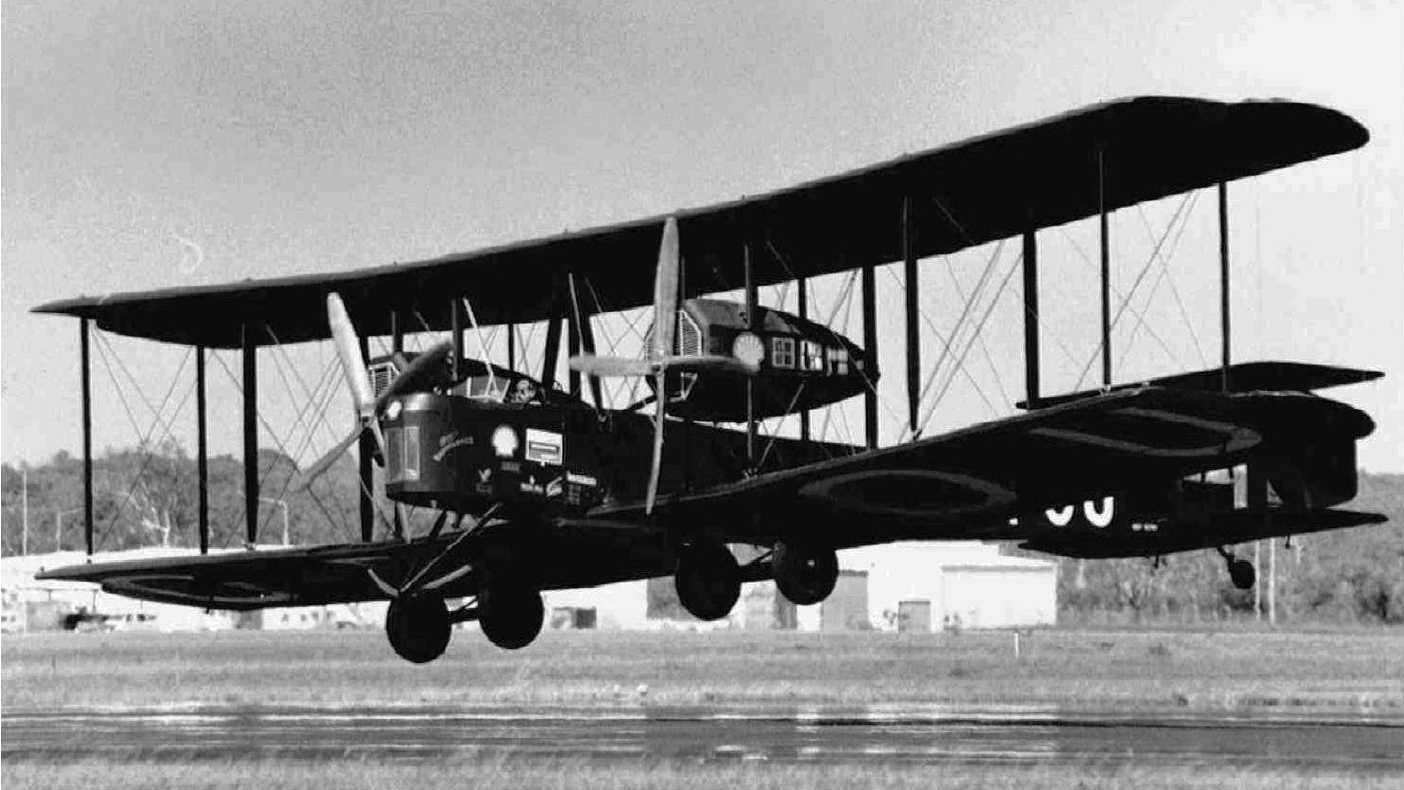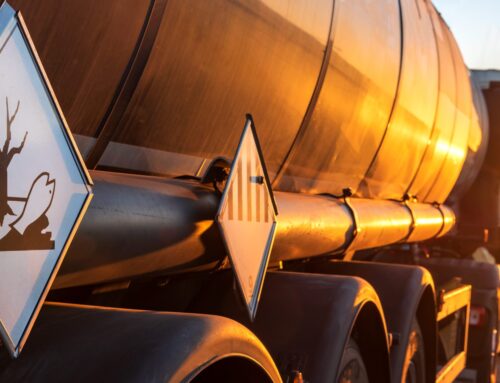On 15 June 1919 Alcock and Brown completed the first transatlantic crossing.
We salute the achievement of two pioneers, John Alcock and Arthur Whitten Brown, who on 15 June 1919, 100 years ago, became the first aviators to complete successfully a transatlantic flight. The two British pioneers departed St Johns, Newfoundland, on 14 June 1919 and headed across the open water, making landfall 16 eventful hours later in Connemara in Galway, Ireland on 15 June at 08:40.
Today’s airliners offer passengers high levels of comfort and safety over long distances in a pressurised cabin with in-flight entertainment, meals, drinks and blankets. That was not the case for Alcock and Brown, who experienced a highly challenging flight in their modified Vickers Vimy.
Radio contact failed during this first nonstop Transatlantic flight
Their overloaded airplane struggled to get airborne upon take-off, and their electrical generator failed preventing any radio contact, intercom and heating. They also had to fly through thick fog, cope with jet streams they had never encountered before, suffer the elements with no electric heating in their suits, and cope with iced-up instruments after flying through a snowstorm.
They also flew for much of the way effectively blind. Today, every transatlantic flight has a bespoke routes (called tracks) planned based on its destination, aircraft weight and type, prevailing winds and air traffic control route charges. Due to no radar coverage in the middle of the Atlantic, aircraft are required to check-in to Oceanic Controllers at several waypoints along the route.
This first transatlantic flight need to rely on a simple sextant and compass for the calculation of their position
They are tracked by satellites (ADS-C) while having the capability to communicate to the ground by HF radio or voice SATCOM. Alcock and Brown, however, had none of the instruments modern aviators rely on – such as Very High Frequency Omni-Directional Range (VOR/DME), Global Navigation Satellite System (GNSS), or even basic gyroscopic tools (a devise used to measure orientation and angular velocity).
Instead, they relied on a sextant and a compass, and flew above the clouds using the stars as a means of determining the aircraft’s position – a tough call without instruments, flying over dark and/or featureless terrain, with patches of thick cloud and fog. Nor could they turn the jet stream or atmospherics to their advantage, like today’s pilots, to increase speed and shorten flight duration. We have come a long way in the last century!







